Stories Behind the Songs: Jerry Jemmott
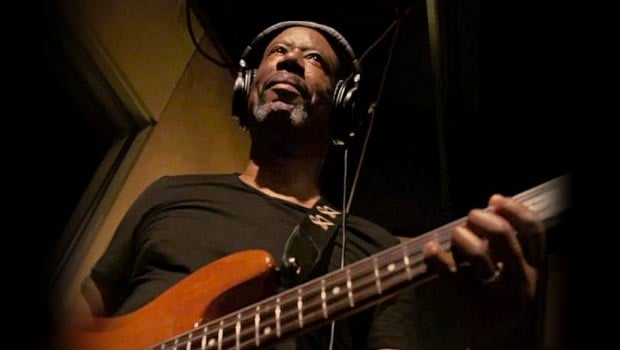
Chances are, if you’re listening to a Soul hit from back in the day, you’re listening to Jerry Jemmott. In his prolific career spanning over 40 years, the bassist’s work helped shape the Atlantic Records and Muscle Shoals sounds. He has left his stamp on some generation-defining hits alongside musicians such as Aretha Franklin, Herbie Hancock, King Curtis, B.B. King, Ray Charles and many, many more.
 The influence of his playing cannot be overstated, as the late Jaco Pastorius once claimed, “I’m just an imitator man. I’m doing a very bad imitation of Jerry Jemmott…” Pastorius and Jemmott became good friends and later worked together on the instructional release Modern Electric Bass.
The influence of his playing cannot be overstated, as the late Jaco Pastorius once claimed, “I’m just an imitator man. I’m doing a very bad imitation of Jerry Jemmott…” Pastorius and Jemmott became good friends and later worked together on the instructional release Modern Electric Bass.
With such an expansive resume, we asked the Groovemaster to pick his top ten recordings from his career.
Introduction
“Most of the tracks you might be familiar with took place in a mere five years in an era where you had to bring your own amp to most of the studios,” Jemmott explained, adding, “The hundreds of sessions and events in between these highlights would make for one crazy book! You had excellent musicians like Jimmy Tyrell, Bob Bushnell, Russ Cervakas, Jimmy Lewis, Chuck Rainey, Paul Martinez, Richard Davis, Ron Carter, Joe Mack, Rick Danko, Russell George, Harvey Brooks, and Bob Babbitt playing electric bass, so there was no lack of talent in town or from out of town doing sessions from 10 AM to 2 AM.”
Not one to rest on his laurels, Jemmott continues to tour and record as well as educate and inspire with private lessons, an eBook, and as a clinician.
“‘What have I done for you lately?’ is what I always ask myself. I’m still working on the ‘lately part,’” he admits. “Forty years and many mountains later, I teach via Skype, tour with Gregg Allman of the Allman Brothers Band, and work with some serious musicians here in Mississippi, where the blues all began.”
1. “Instant Groove” – King Curtis (1967)
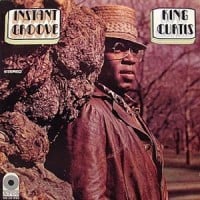 This was my first of many sessions with King Curtis as the producer. Everything was in the spirit of the moment, including my short solo.
This was my first of many sessions with King Curtis as the producer. Everything was in the spirit of the moment, including my short solo.
2. “Ain’t Got No/I Got Life” – Nina Simone (1967)
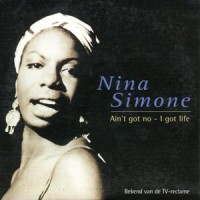 This session was the first since our initial session in 1965. One run down and the band – which was the usual nine horns, six rhythm, including Jimmy Johnson, Rudy Stevenson, and Nina – knocked it out on the first take. Horace Ott was the arranger.
This session was the first since our initial session in 1965. One run down and the band – which was the usual nine horns, six rhythm, including Jimmy Johnson, Rudy Stevenson, and Nina – knocked it out on the first take. Horace Ott was the arranger.
3. “Think” – Aretha Franklin (1968)
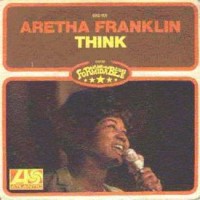 This is the tune that got me in the door when the band from Muscle Shoals, whom got stuck trying to make this into some kind of a an Rhythm ’n Blues groove.
This is the tune that got me in the door when the band from Muscle Shoals, whom got stuck trying to make this into some kind of a an Rhythm ’n Blues groove.
Usually, I would never go for the obvious groove, but in this case I had no choice. It was straight ahead Country & Western. When all their attempts at something slick failed, Jerry Wexler told me to “go in there in see what you can do.” The late, great Tommy Cogbill – the original Muscle Shoals Rhythm Section bass player – gave me his seat, and he played the guitar. Boy, was I impressed. He was killin’. Miss you, Tommy. I went in and did my thing, playing in two with a subtle pickup to beat three. It was over and done in two takes.
4. “You Send Me” – Aretha Franklin (1968)
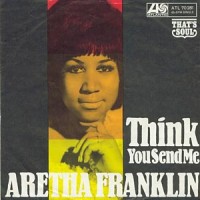 Covering Sam Cooke’s classic was dear to Aretha, as she was one of his biggest fans, as was I. After Tommy gave me his seat, I went for it again this time playing the not-so-usual, (in that Rhythm ‘n Blues era) “third” on the downbeat of the verse. Aretha tried to hire me between takes, but besides other issues, I was on a mission to be a studio cat. For the next few years, I took Tommy’s place in the Muscle Shoals Rhythm Section of Roger Hawkins and Jimmy Johnson, with various others, to do recordings with Otis Rush, Wilson Pickett, Clarence Carter, and Arthur Conley in Muscle Shoals.
Covering Sam Cooke’s classic was dear to Aretha, as she was one of his biggest fans, as was I. After Tommy gave me his seat, I went for it again this time playing the not-so-usual, (in that Rhythm ‘n Blues era) “third” on the downbeat of the verse. Aretha tried to hire me between takes, but besides other issues, I was on a mission to be a studio cat. For the next few years, I took Tommy’s place in the Muscle Shoals Rhythm Section of Roger Hawkins and Jimmy Johnson, with various others, to do recordings with Otis Rush, Wilson Pickett, Clarence Carter, and Arthur Conley in Muscle Shoals.
5. “People Got To Be Free” – The Rascals (1968)
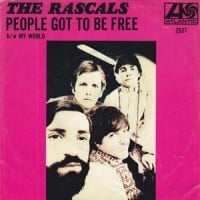 The Civil Right Movement and the Vietnam war were in full swing, and in this live session I was able to play every verse a little different to perpetuate “freedom”, which is something I had been trying to wean myself off of coming from a jazz tradition. In most commercial music, repetition is the key to making it memorable. They still play it a lot overseas. I wonder why?!!
The Civil Right Movement and the Vietnam war were in full swing, and in this live session I was able to play every verse a little different to perpetuate “freedom”, which is something I had been trying to wean myself off of coming from a jazz tradition. In most commercial music, repetition is the key to making it memorable. They still play it a lot overseas. I wonder why?!!
6. “Why I Sing The Blues” – B.B. King (1969)
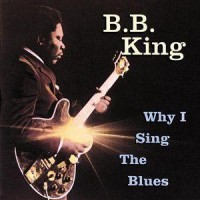 Without drummer/contractor/producer/actor Herb Lovelle, none of the following sessions and B.B.’s success would have been possible.
Without drummer/contractor/producer/actor Herb Lovelle, none of the following sessions and B.B.’s success would have been possible.
B.B. stands in front of me, music stand and all, with his lyrics on a legal pad and begins to sing while playing a few fills in between lines; I watch his foot to get the time and listen to his phrasing and begin to lay down a relentless eighth-note feel against his triplet swing style, with every verse being slightly different for the next nine minutes.
7. “The Thrill Is Gone” – B.B. King (1969)
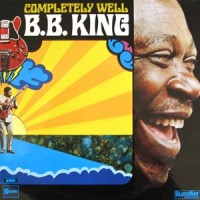 We could do no wrong by this time, with enough recorded tracks for two albums under our belt, and everything we did worked so well. Gordon Edwards and I were running buddies back in the day, and he came to the session with a few of his big-legged friends to keep things interesting. Herb introduces B.B. to Mateus vino de Portugal, and things just kept getting better with whatever he brings in. “So Excited” – my collaboration with BB and the B side of “The Thrill is Gone” – came out of these sessions. I would recommend that you check out the original recording of “The Thrill” from 1951 by the writer Roy Hawkins, which we never heard.
We could do no wrong by this time, with enough recorded tracks for two albums under our belt, and everything we did worked so well. Gordon Edwards and I were running buddies back in the day, and he came to the session with a few of his big-legged friends to keep things interesting. Herb introduces B.B. to Mateus vino de Portugal, and things just kept getting better with whatever he brings in. “So Excited” – my collaboration with BB and the B side of “The Thrill is Gone” – came out of these sessions. I would recommend that you check out the original recording of “The Thrill” from 1951 by the writer Roy Hawkins, which we never heard.
8. “Ridin’ Thumb” – King Curtis (1971)
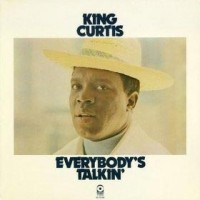 This was the last song that King would record. What we did together in these live sessions was truly amazing. I channel him now in so many different ways. There is an edited version of this on my website. [Editor’s note: we’ve also featured a live performance of this tune.]
This was the last song that King would record. What we did together in these live sessions was truly amazing. I channel him now in so many different ways. There is an edited version of this on my website. [Editor’s note: we’ve also featured a live performance of this tune.]
9. “Attica Blues” – Archie Shepp (1972)
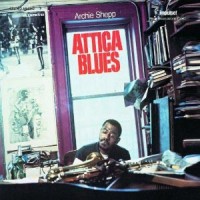 It was just another date to show up for and it turned out to be Archie Shepp. It was meticulously arranged. As it turned, he really knew how to swing in any groove, and his charts took us in a few directions which included going in and out of a figured bass line and solo/duet with the melody in the context of the groove and with the other solos.
It was just another date to show up for and it turned out to be Archie Shepp. It was meticulously arranged. As it turned, he really knew how to swing in any groove, and his charts took us in a few directions which included going in and out of a figured bass line and solo/duet with the melody in the context of the groove and with the other solos.
10. “Forever Lasting” – The Thad Jones and Mel Lewis Orchestra (1976)
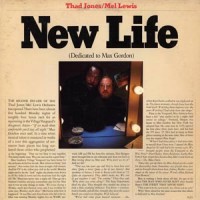 I could not believe it when Thad & Mel both asked me to play on their upcoming album. This was one of the few sessions I did after the catastrophic auto accident in 1972 that ended my career as far as I was concerned. I was in full call and response mode. I guess that’s why I got the call.
I could not believe it when Thad & Mel both asked me to play on their upcoming album. This was one of the few sessions I did after the catastrophic auto accident in 1972 that ended my career as far as I was concerned. I was in full call and response mode. I guess that’s why I got the call.
Catch up with Jerry at jerryjemmott.com for more on his career, lessons, and more.

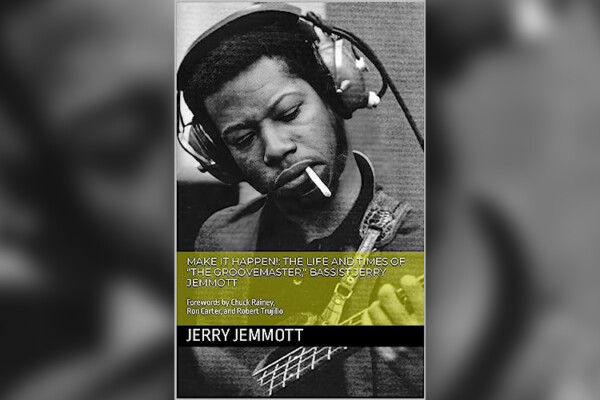
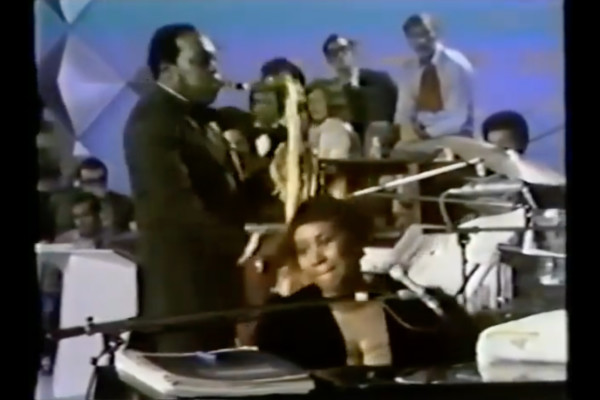

WOOOO! can’t wait for more “Stories Behind the Songs”. THE BEST
this is an amazing idea! Jerry Jemmott is one of the greats. At least once a month I pull out Aretha Franklin “Live at Filmore West” and get my jaw dropped! Then I pull out its sister album King Curtis “Live at Filmore West”…. and I have to go to therapy for a week to pick up the bass again!
A great player and friend. Congratulations, Jerry!
Awesome Jerry! Congrats on the article! Thanks for the honor of letting me play with you!
Good Stuff Hubby!
Great player.He influenced so many of us.
This cat turned a lot of bass players on.No doubt.Listen to what he had to say on the bass
This is a fantastic insight into a great bass player’s mindset when the tune were cut and a great history lesson! MANY Kudos to notreble! You’ve already got me anticipating the next article!
Hi Jerry, congratulations! studying with you was a high point and integral to my playing!
I hope all is great!
Nice Jerry Jemmott ;-)
One of my favorite bass players
Nice Jerry Jemmott ;-)
Awesome great bass player. Very inspirational
I’m a South African growing up listening to the music greats like King Curtis Ousley, Jerry Jemmot, Cornell Dupree, BB King, Richard Tee and many more
Why did Jerry Jemmot not make it into Gordon Edward’s Stuff band or Steve Gadd’s Gang because this oldie is the greatest bass player ever?
Jerry,many of the most joyous moments in my young life were spent in Mississippi attending your University (sitting by a record player with my bass).And some of the best moments of my older life were also spent sitting around with you in Mississippi playing some bass and enjoying your sharing of stories like the ones here.Jaco was right.You are forever “The Groovemaster”. And Mr. Jemmott, we “Disciples” will love you always.